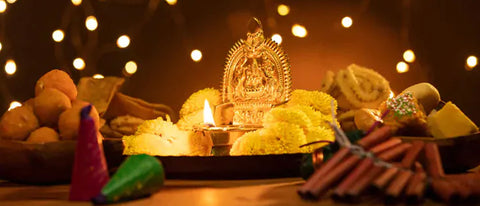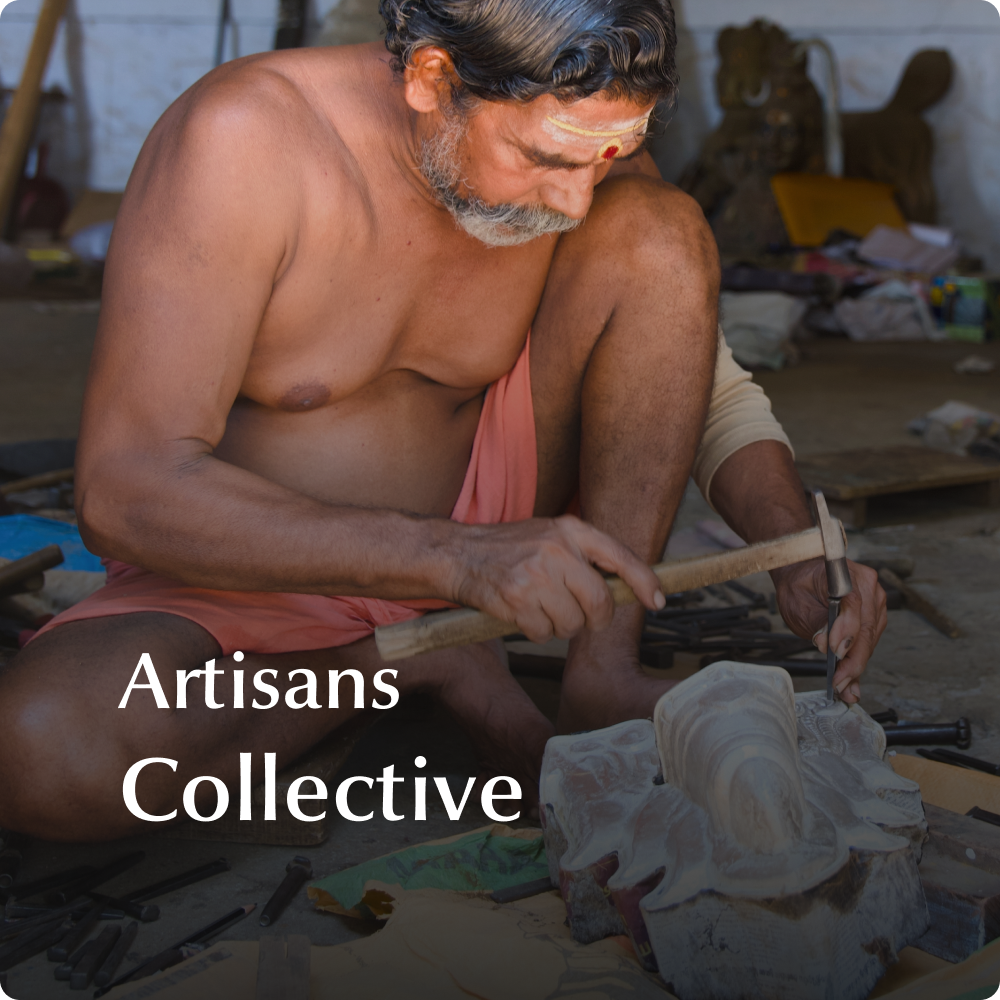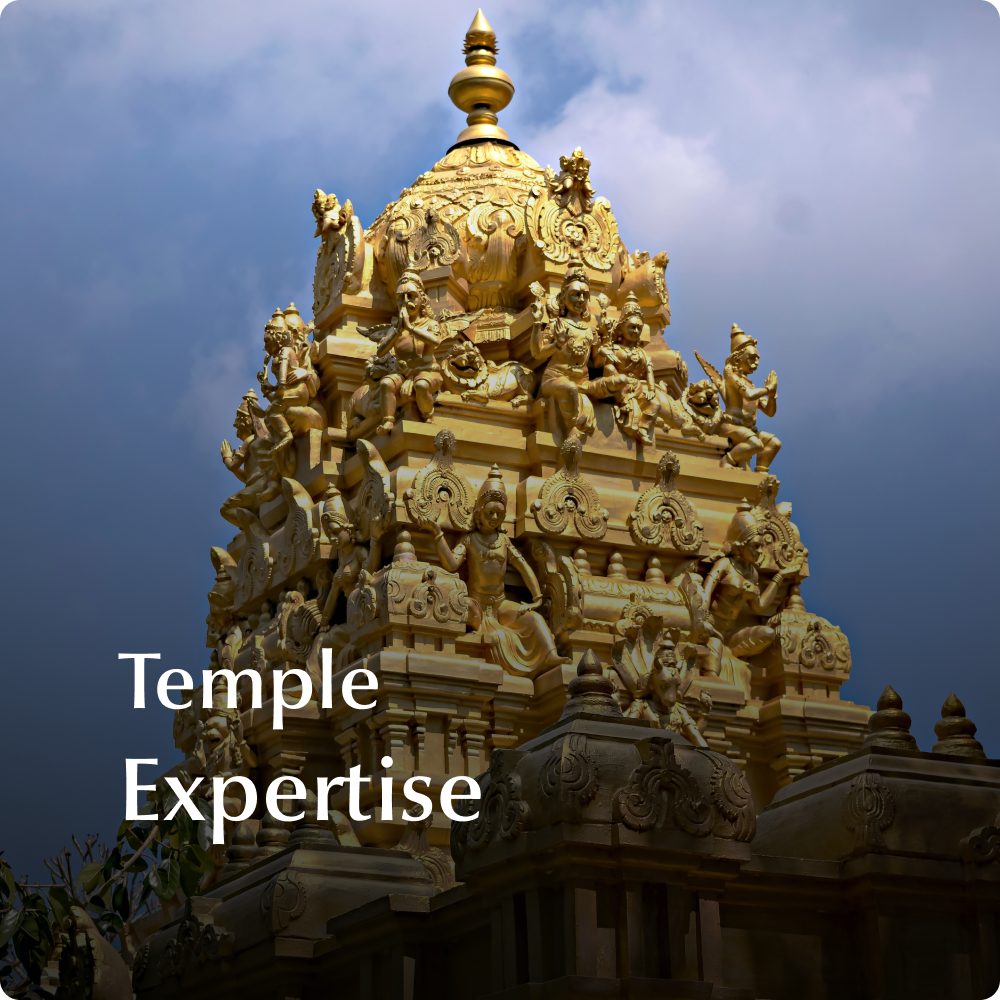Diwali, the festival of lights is India’s most awaited festival. With colourful lights, delicacies and crackers, this unique festival is close to the heart for Hindus worldwide.
India is a land of festivals and pompous celebrations that compete for prominence in their extravagance. Every year in the beginning of Autumn, the festival of Diwali is celebrated in splendour, and is by far the most opulent festival. Let’s just say Diwali is Hinduism’s Christmas!
It symbolises the victory of good over evil and is one of the most famous and widely acknowledged Indian festivals. The streets are lit with earthen lamps and serial lights. The air is rich with the aroma of sweets and other delicacies, and everybody’s favourite part about Diwali, Crackers! Diwali is truly a feast for all the senses!
So how much do you know about why we celebrate Diwali? We bring to you all that’s interesting about the Festival of Lights.

When is Diwali celebrated?
Diwali, is celebrated every year by Indians, particularly of the Hindu religious persuasion, on the Amavasya, or new moon day of the Kartika Month in the Hindu calendar. The festival is usually celebrated for five days. Although for those who do it the traditional way and distribute homemade sweets to friends and family, the festive season begins over 10 days before the actual holidays.
The five days of Diwali

Dhanteras
The first day is Dhanteras, or Dhanatrayodashi. It is believed that any wealth acquired during this day will increase manifold through the year and any task that was started will end in success. Thus Maa Lakshmi is worshipped on Dhanteras and she is made offerings of newly purchased items, preferably gold. The entire house is cleaned and decorated before the Puja.

Naraka Chaturdashi/ Chotti Diwali
The second day is Naraka Chaturdashi. It is customary to wake up early in the morning and anoint oneself in aromatic oils. The ritualistic bathing after applying the oils is said to wash one’s body and soul of all impurities and sins. New clothes and the sweetmeats prepared for Diwali are placed in the Puja room. The clothes are worn after the bath and everyone partakes of the delicacies.

Diwali Festival
The third day is the actual Diwali. The new clothes are again worn and the house is decorated with lamps and fairy lights. Families gather on the streets, distribute sweets and burst crackers together. Some people also distribute gifts to their friends and family.

Govardhan Puja / Padva
The fourth day is Govardhan Puja, dedicated to the day that Krishna saved the people and livestock of Vrindavan by lifting the Govardhan Mountain. People fashion a small hill like figurine from Cow dung and worship it.

Bhai Dooj
The fifth day is Bhai Dooj. It is the last day of the Diwali festical. Sisters invite their brothers to a sumptuous feast prepared especially for them. A small Tilak ceremony is performed and it is customary for the brothers to bring gifts for their sisters.

Why is Diwali celebrated? – Stories of Diwali
India is full of colourful stories and legends on its festivals. Diwali is no exception and there are of course several stories of origin from different regions.

North Indian Diwali:
In North India, the legend of Diwali goes back to the seventh avatar of Lord Vishnu, Rama. Rama was exiled by his own father at the behest of his stepmother. His wife Sita and brother Lakshman, accompanied him during his exile. They hid in the Panchavati forest, where Sita was abducted by the Lankan King Ravana. With the help of Lord Hanuman and the Vanaras, Sita was saved and Ravana was vanquished. The trio made their way back to Ayodhya. The people welcomed them back by lighting the streets and the entrance of their homes with thousands of diyas. Thus Diwali is celebrated as the day that Rama, the rightful King of Ayodhya returned to his kingdom. The practise of lighting lamps is continued even today, which earns the festival the moniker, Festival of Lights

South Indian Diwali:
In South India, Lord Krishna the eighth avatar of Lord Vishnu has always been more popular than Rama. Unsurprisingly, the legend of Diwali is linked to Krishna. In the Krita Yuga, an Asura Hiranyaksha dived into the bottom of the ocean with the earth. Lord Vishnu took the form of a divine being with head of a boar, called as Varaaha. He dived into the ocean and retrieved the earth. He overpowered Hiranyaksha and in the battle, a single drop of his sweat fell on the earth. A warrior rose from the drop of sweat and he was named Naraka.
Booma Devi, the mother earth was fond of this warrior who she considered her son. She asked Vishnu to grant him the boon of invincibility. Varaaha removed one of his tusks and presented it to him, to be used as a weapon in need. Vishnu warned him that he should use the weapon only to fight for Dharma.
Years passed and it was the Dwapara Yuga. Lord Vishnu once again took birth on earth, this time as Lord Krishna. By now Naraka has grown very powerful and become power hungry. He laid siege on the Devas. Indra sought the help of Krishna.
Krishna rode into battle on Naraka’s fortress of Pragjyotishapura. A fierce battle ensued that persisted for a long time. Naraka struck Krishna with the tusk of Varaaha and Krishna seemingly fell, injured by the blow. Krishna’s wife Satyabhama who had accompanied him continued the battle. To Naraka’s surprise Krishna rose again to fight. Naraka realised that Krishna was none other than Lord Vishnu and submitted to him. Krishna slew him with his Sudarshana Chakra. Naraka in his dying moments saw the light of wisdom. This is the symbolism that South India follows behind the lighting of the lamps on Diwali.

Why worship Lakshmi and Ganesh on Diwali?
Maa Lakshmi is the patron Goddess of Wealth. She is also the consort of Lord Vishnu. Diwali being the day that the conquests of her husband are celebrated, Lakshmi in her compassionate benevolence, is said to visit all the devotees home and bless them with prosperity, on the night of Diwali. Some stories tell that this was the day that Lakshmi emerged from the cosmic ocean when the Devas and Asuras churned it. Thus Lakshmi is worshipped during Diwali, and Ganesha is also worshipped with her.
Once Lakshmi became very proud of herself as the Goddess of all material wealth. Vishnu tried to bring down her ego, and rebuked her for being childless. The saddened Goddess, went to seek Parvati’s help. Lakshmi wished to adopt one of Parvati’s sons. Parvati was reluctant as she was worried that Lakshmi never stayed in one place. Lakshmi assured her that she would take her son wherever she went and that equal importance would be given to him. Thus Ganesha was adopted by Lakshmi. This is why Ganesha and Lakshmi are worshipped together on Diwali.
Diwali is a wonderful festival that lights up our souls with its religious significance and extravagant celebrations. But it is important to celebrate it responsibly. Fire crackers have to be handled with care to prevent fire hazards. They are also a source of air pollution. Be sure the crackers you buy are environmentally safe.
Diwali is a great time for gifting and if you are lost in doubts, be sure to check out www.mantragoldcoatings.com, for authentic Indian handicrafts. We have over 2500 unique products in our ethnic and contemporary collection, with something for everyone. We also curate custom corporate gifts for all occasions. Contact our customer care at 9884407200
If you have heart-warming Diwali stories and pictures of your Diwali decorations with Mantra products, send them to us at info@mantragoldcoatings.com and get a chance to be featured on the Mantra Gold Coatings Social media pages.







